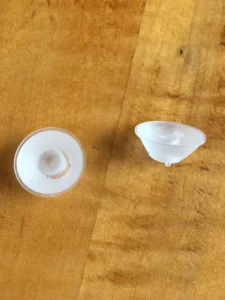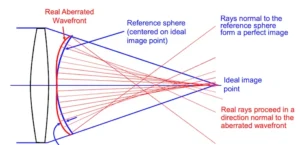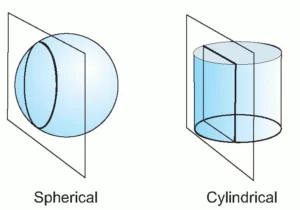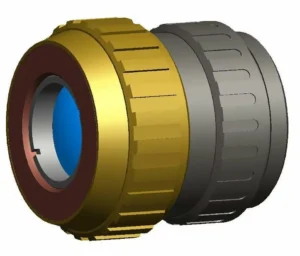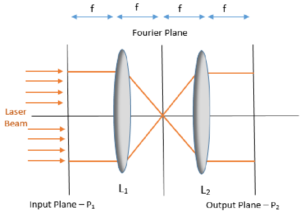Can You Reverse Engineer a Lens?
This is a question we get from time to time and the short answer is usually ‘no’. There are vendors who can provide this, but in our experience, it really hasn’t been worth the effort.
While you could measure each lens element and get its radius, you need to find out the refractive index of each piece of glass. While feasible, this is not simple. You then need to get the spacing between the lens elements but in taking the lens apart, you sometimes wind up destroying it.
Finally, even if you succeed, you don’t know the tolerances for the lens surfaces, the coatings, the centration tolerance, or the spacing tolerance.
The time and cost of doing this doesn’t pay off when compared with a new lens design. Once a client identifies the lens needs, resolution, F# etc, it’s quicker to make a new design.
The only situation that might make it worthwhile to reverse engineer is if you are trying to design a lens that will go in front of a common consumer lens. It’s not any easier, but the data collected could be useful in the design of the new attachment.
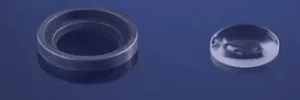
Need assistance designing a custom optic or imaging lens ? Learn more about our design services here.
